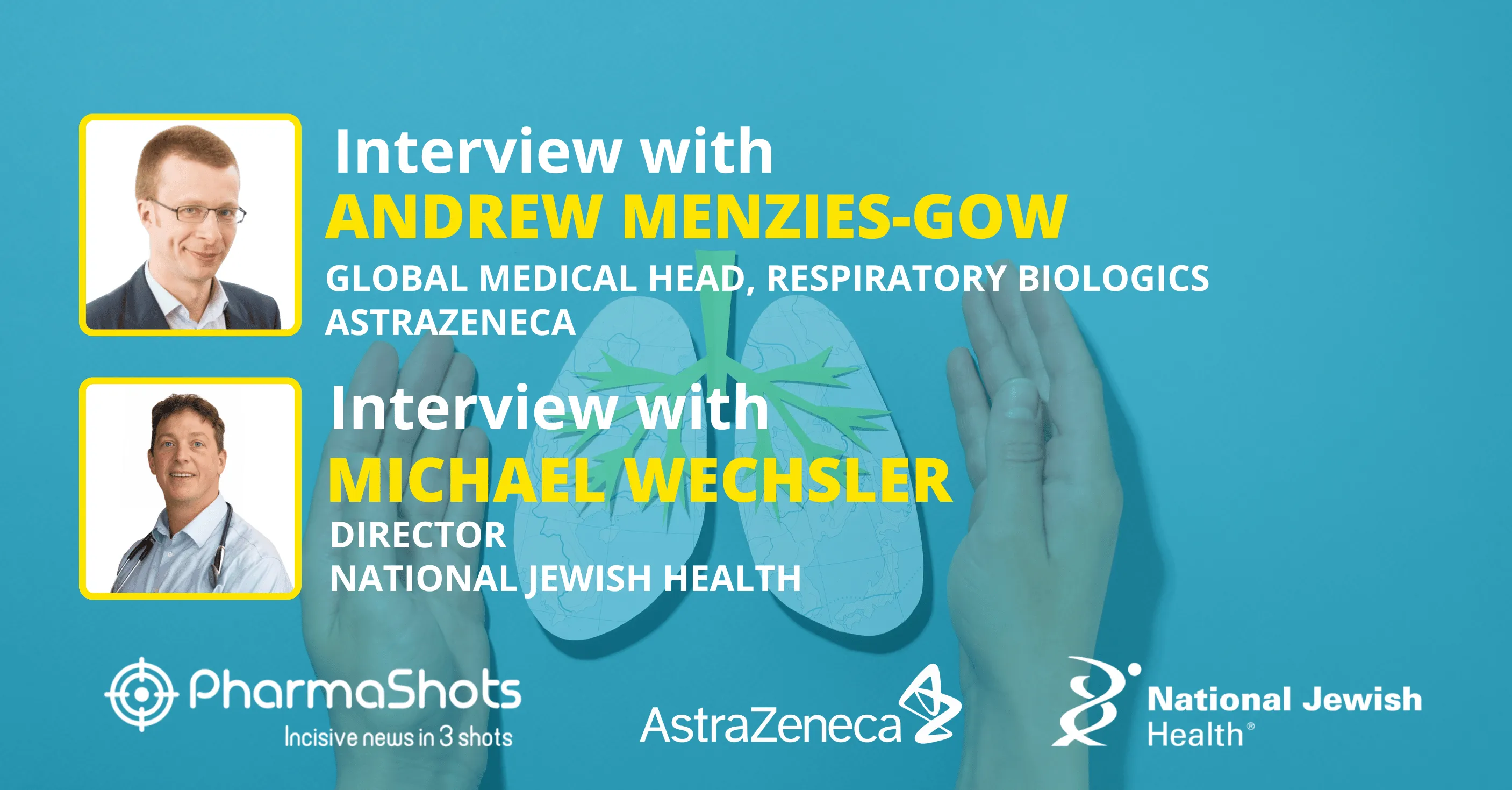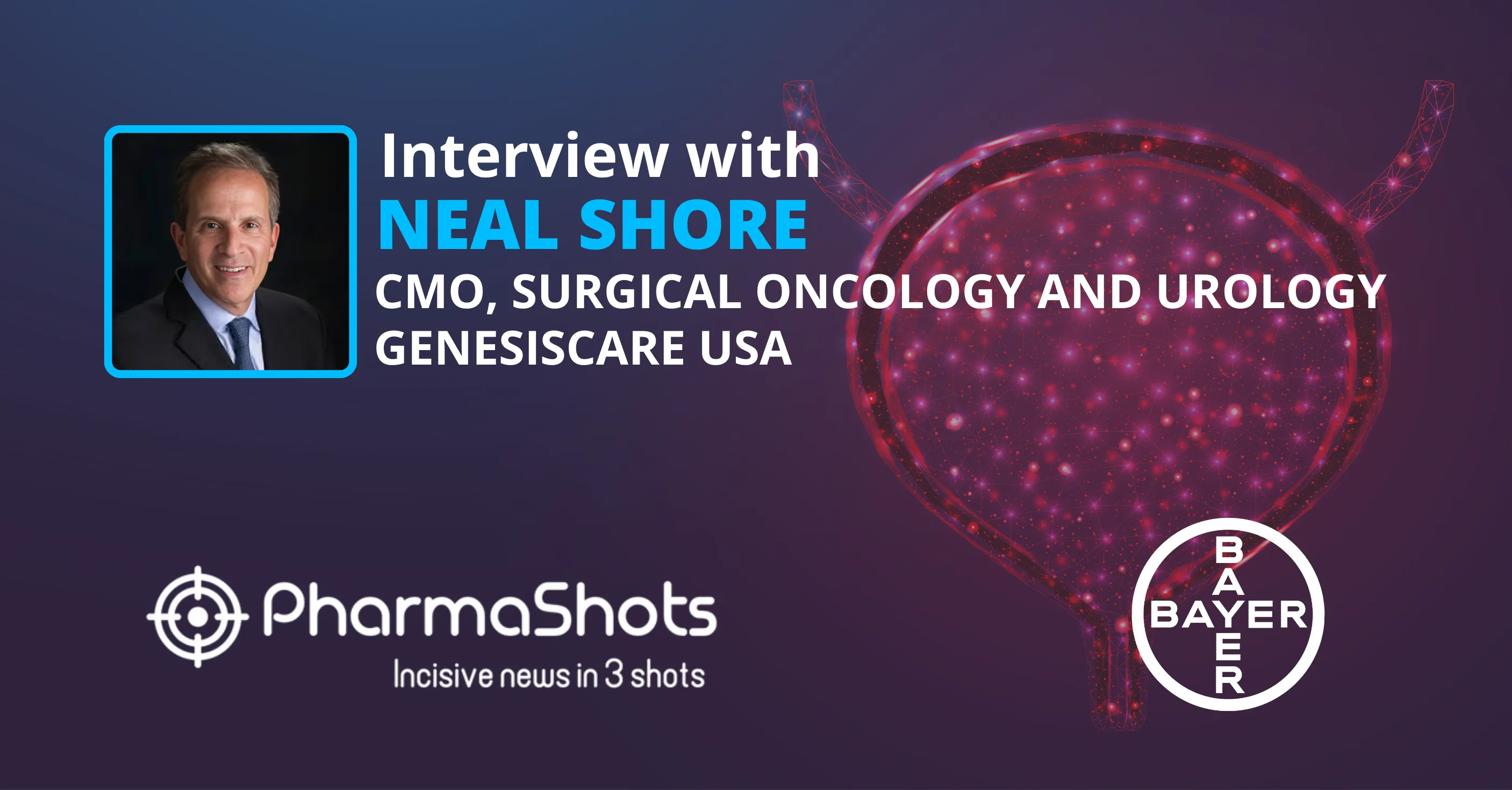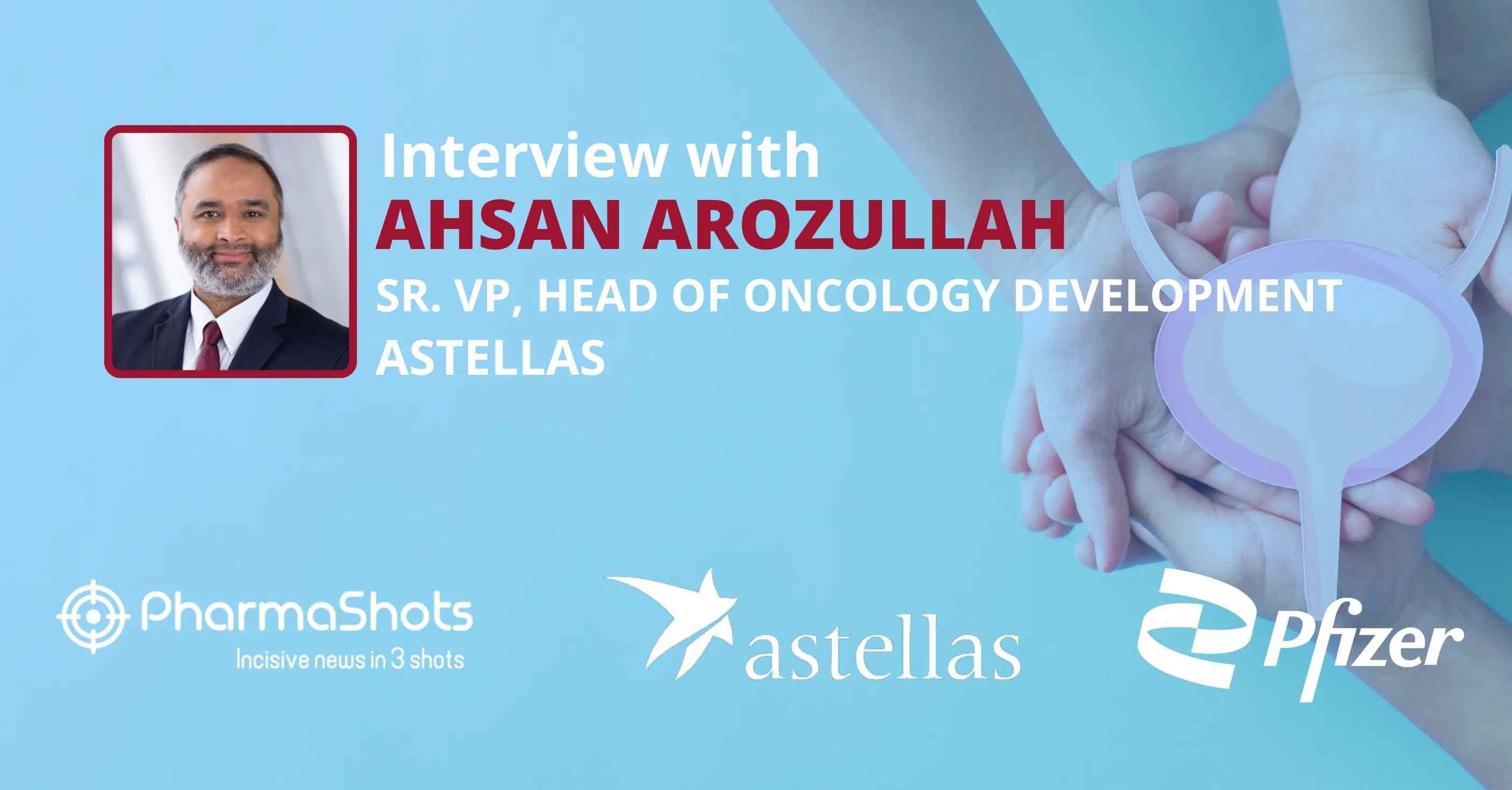
Takeda at AAAAI 2024: Salomé Juethner highlights P-IV Results from ENABLE and EMPOWER Studies
Shots:
-
At the American Academy of Allergy, Asthma, & Immunology (AAAAI), Takeda presented 9 abstracts focusing on health equity and real-world data from P-IV (ENABLE) & (EMPOWER) studies evaluating HAE patients
-
Salomé Juethner, Senior Medical Director-Head of Rare Genetics at Takeda, in a stimulating conversation with PharmaShots, talks about shares insights from the real-world P-IV (ENABLE) & (EMPOWER) studies
-
Salomé also sheds light on patient survey results in underrepresented racial or ethnic groups and Takeda’s Rare disease pipeline
Saurabh: Would you please highlight the details (MOA, ROA, formulations, etc) of Takhzyro (lanadelumab)?
Salomé: Lanadelumab is a plasma kallikrein inhibitor (monoclonal antibody) indicated for prophylaxis to prevent attacks of hereditary angioedema (HAE) in adult and pediatric patients 2 years and older. It provides targeted inhibition of plasma kallikrein, a critical regulator of bradykinin, which is known to cause HAE attacks.1,2 It is a plasma-free, subcutaneous injection taken once every two or four weeks and comes in a single-dose, ready-to-use, prefilled syringe.
Saurabh: Give us some insights on the study design of the P-IV (ENABLE) & (EMPOWER) real-world study evaluating Takhzyro among HAE patients.
Salomé: The purpose of the analysis was to assess lanadelumab treatment outcomes using pooled data from the real-world Phase IV ENABLE & EMPOWER studies. The study included 20 patients total (13 new lanadelumab users and seven prevalent users).
ENABLE and EMPOWER are noninterventional, prospective, multicenter Phase IV studies, which aimed to assess the effectiveness and safety of lanadelumab in patients aged 12 years of age or older with HAE Type I or II who were receiving care from a physician.
Participants in both the ENABLE and EMPOWER trials were assessed for up to 24 or 36 months (depending on their enrollment date) to evaluate the number of HAE attacks before and after lanadelumab initiation.3,4
Outcomes were then assessed in new (lanadelumab-naïve; <4 lanadelumab doses before enrollment) and prevalent (≥4 lanadelumab doses before enrollment) lanadelumab users.2
Saurabh: What were the key findings of the P-IV (ENABLE) & (EMPOWER) real-world study? Also, tell us more about the US Retrospective Chart Review Study and the results obtained from the review.
Salomé: The primary effectiveness outcome, which was based on a statistical model, was a 63.0% reduction in HAE attack rate during the cumulative period post-lanadelumab in new users.2
In terms of attack characteristics, most HAE attacks (78.2%) were mild or moderate in severity in new lanadelumab users and 36.4% of attacks were mild or moderate in severity in prevalent lanadelumab users. One patient experienced a total of 14 attacks, 11 of which were reported as “unknown” in severity.2
In the US retrospective chart review study, we reported on the final effectiveness data from new lanadelumab users and safety data from all patients for up to 36 months.
-
The primary effectiveness outcome was an 80% reduction in HAE attack rate from before lanadelumab to after lanadelumab initiation in new users.5
A total of 41 TEAEs were reported for 14 adolescent HAE patients (70.0%); no TEAEs were classified as related to lanadelumab.2
Saurabh: One of the presentations is related to HAE patients within underrepresented racial or ethnic groups. Can we discuss a little more about the topic and the presentation?
Salomé: White patients are overrepresented in clinical trials within HAE, resulting in limited data publications on patient-reported outcomes among adults with HAE within underrepresented racial and ethnic groups. Because of this, we sought to assess patient-reported healthcare resource utilization, attack frequency, attack severity, treatment, symptom control, and impact on daily activities in the past year among adults with HAE within underrepresented racial and ethnic groups.
Following an HAE diagnosis, 74.8% of the 139 patients who self-identified as a member of an underrepresented racial /ethnic group received HAE prophylaxis over the past year. Most patients felt that their current medication was controlling their HAE attacks, with 46.6% (62 patients) and 39.8% (53 patients) reporting excellent or good control of symptoms, respectively.
These findings suggest control of following diagnosis and treatment among patients within underrepresented racial and ethnic groups.
However, patients also continued to experience challenges with the management of their HAE. Additional research is needed to understand how to reduce the frequency and ensure consistent treatment of HAE attacks in this population.6
Saurabh: What additional information could we expect from your presentation at the AAAAI 2024?
Salomé: Takeda presented a total of nine U.S. and global abstracts at AAAAI. In addition to my involvement in the patient-reported outcomes among patients with HAE within underrepresented racial or ethnic groups, I was also a co-author on the following presentations:
-
Understanding social determinants of health and outcomes in patients with hereditary angioedema in the United States
-
Real-world treatment outcomes in patients with hereditary angioedema receiving lanadelumab or other long-term prophylaxis
-
Understanding the impact of long-term prophylaxis switches for patients with hereditary angioedema
Saurabh: With several studies evaluating therapies for the treatment of Hereditary Angioedema (HAE) and several options available in the market, how will Takeda’s Takhzyro stand out from the competition?
Salomé: We believe in our HAE portfolio and stand behind each of our four marketed products - including the first and only prophylactic treatment approved in the U.S. for individuals two years of age and older. As a partner in HAE, we remain unwavering in our commitment to advancing the research and treatment of this complex and unpredictable disease and will continue to ensure the community receives ongoing support from Takeda.
Saurabh: As Hereditary Angioedema is a rare disorder, are there any plans to provide patient support programs or other programs for spreading awareness among these patients?
Salomé: Takeda provides patients with numerous resources to ensure they feel supported every step of the way, including a pediatric brochure and an on-demand video program developed to help TAKHZYRO patients and caregivers navigate their first 30 days of treatment and beyond.
Saurabh: Takeda has a history of providing treatment options for various Rare Diseases, what does the pipeline hold for other Rare Indications?
Salomé: Takeda remains firmly committed to rare diseases. Currently over 60% of our pipeline (including the plasma-derived therapies R&D pipeline) addresses a rare disease or rare subset of a broader disease class.
We will evolve our Rare Genetics & Hematology (RGH) Therapeutic Area Unit to focus exclusively on late-stage development and manage regulatory filings. We believe this approach will yield operational efficiencies and facilitate potential trade-off decisions across our pipeline in the future.
Our commitment to patients with rare diseases remains strong, and we will continue to partner with the health care providers and communities that support these patients.
Image Source: Canva
About the Author:

Salomé Juethner
Salomé Juethner is the Senior Director, Head of Rare Genetics, and Interim Head of Rare GI at Takeda for U.S. Medical. She leads U.S. Medical Affairs efforts across these areas of focus by providing strategic planning, scientific and medical support while overseeing the development and implementation of research strategies including post-approval RWE/HEOR, investigator-initiated research, and phase IV studies. Salomé joined Takeda in 2014 and has supported rare diseases as a Global Medical Director and Sr. Medical Director in US Medical Affairs during this time. Prior to joining Takeda Salomé held various positions within Medical Affairs for NPS Pharma, Organogenesis and Bristol Myers Squibb. She trained as a Nurse Practitioner at University of Massachusetts, specializing in Critical Care, Infectious Diseases and HIV/AIDS.
Related Post: Transformative Neurodegenerative Disorder Care: Angela Cacace in Conversation with PharmaShots
1. TAKHZYRO PI
2. Tachdjian R, Banerji A, Busse P, et al. Lanadelumab Effectiveness and Safety in Adolescent Patients With Hereditary Angioedema Aged 12 to <18 Years: Pooled Results From the Real-World ENABLE and EMPOWER Studies. J Allergy Clin Immunol Pract. 2024;153(2):AB78.
3. National Library of Medicine (U.S.). (2019, March 30 – 2022, October 22). A Study of Lanadelumab in Persons With Hereditary Angioedema (HAE) Type I or II in North America (EMPOWER). Identifier NCT03845400. https://clinicaltrials.gov/study/NCT03845400
4. National Library of Medicine (U.S.). (2019, December 11 - ). A Study of Lanadelumab in Persons With Hereditary Angioedema (HAE) Type I or II (ENABLE). Identifier NCT04130191. https://clinicaltrials.gov/study/NCT04130191
5. Bernstein J, Betschel S, Busse P, et al. Long-Term Effectiveness and Safety of Lanadelumab in Patients With Hereditary Angioedema From the United States and Canada: Final Data From the EMPOWER Study. Journal of Allergy and Clinical Immunology. 2024;153(2):AB242-AB242. doi:https://doi.org/10.1016/j.jaci.2023.11.777
6. Craig T, Baptist A, Anderson J, et al. Patient-Reported Outcomes Among Patients With Hereditary Angioedema Within Underrepresented Racial or Ethnic Groups. Journal of Allergy and Clinical Immunology. 2024;153(2):AB81-AB81. doi:https://doi.org/10.1016/j.jaci.2023.11.270
Tags

Saurabh is a Senior Content Writer at PharmaShots. He is a voracious reader and follows the recent trends and innovations of life science companies diligently. His work at PharmaShots involves writing articles, editing content, and proofreading drafts. He has a knack for writing content that covers the Biotech, MedTech, Pharmaceutical, and Healthcare sectors.













